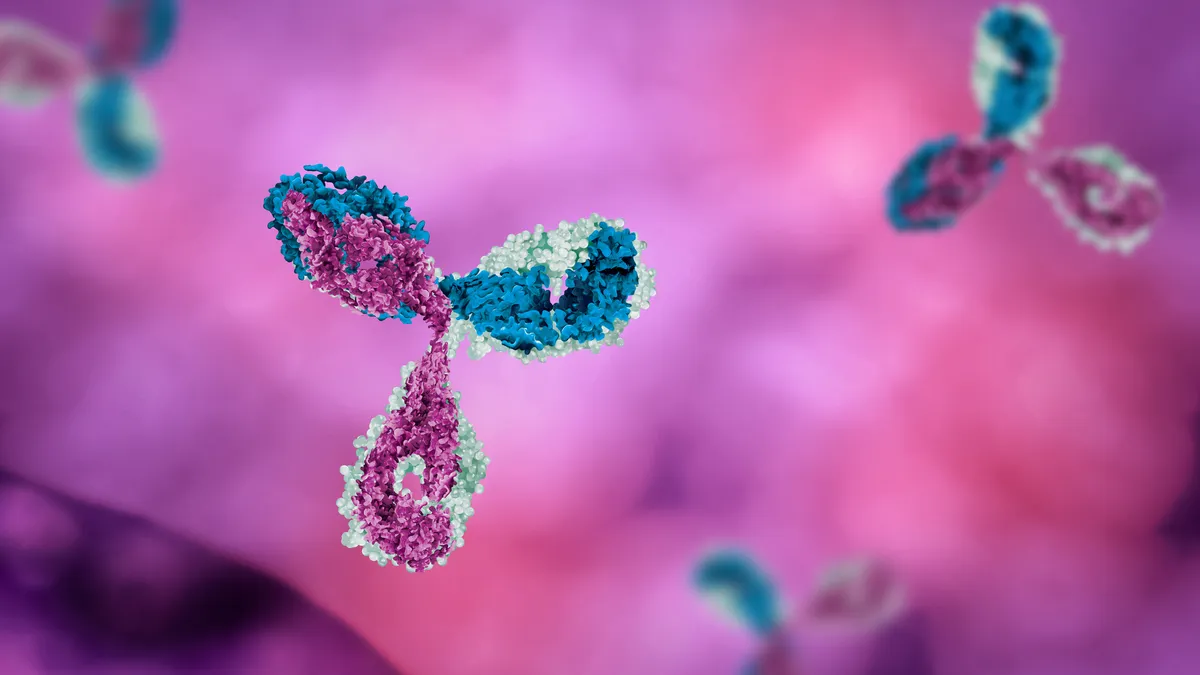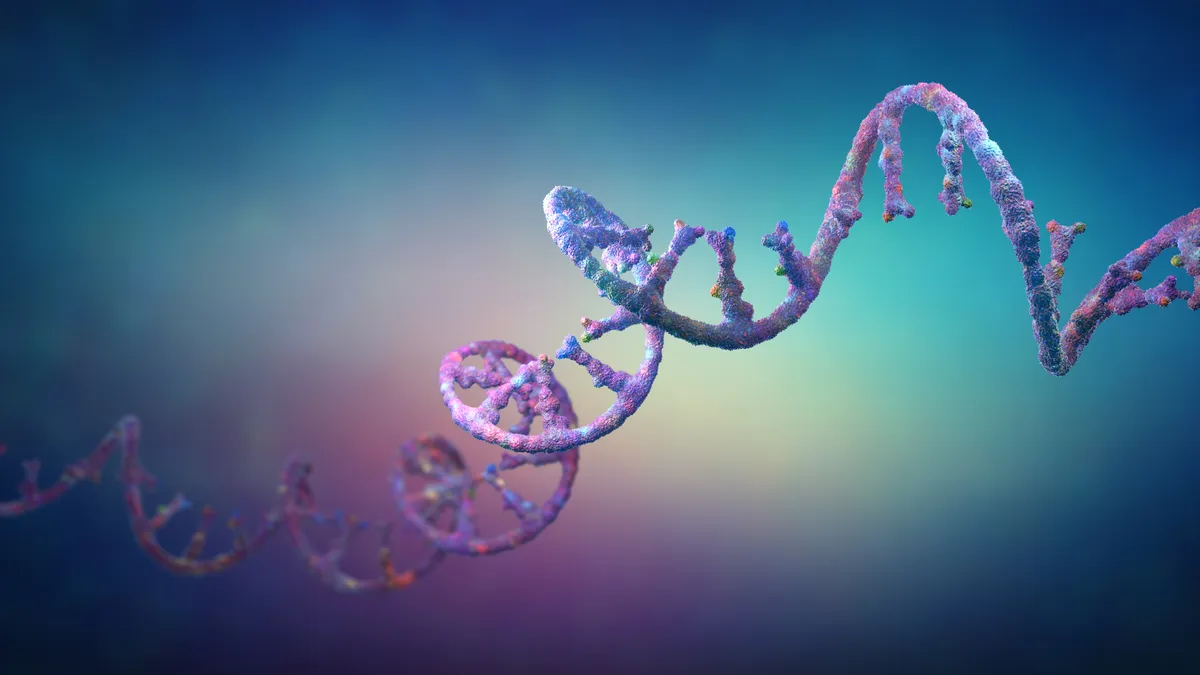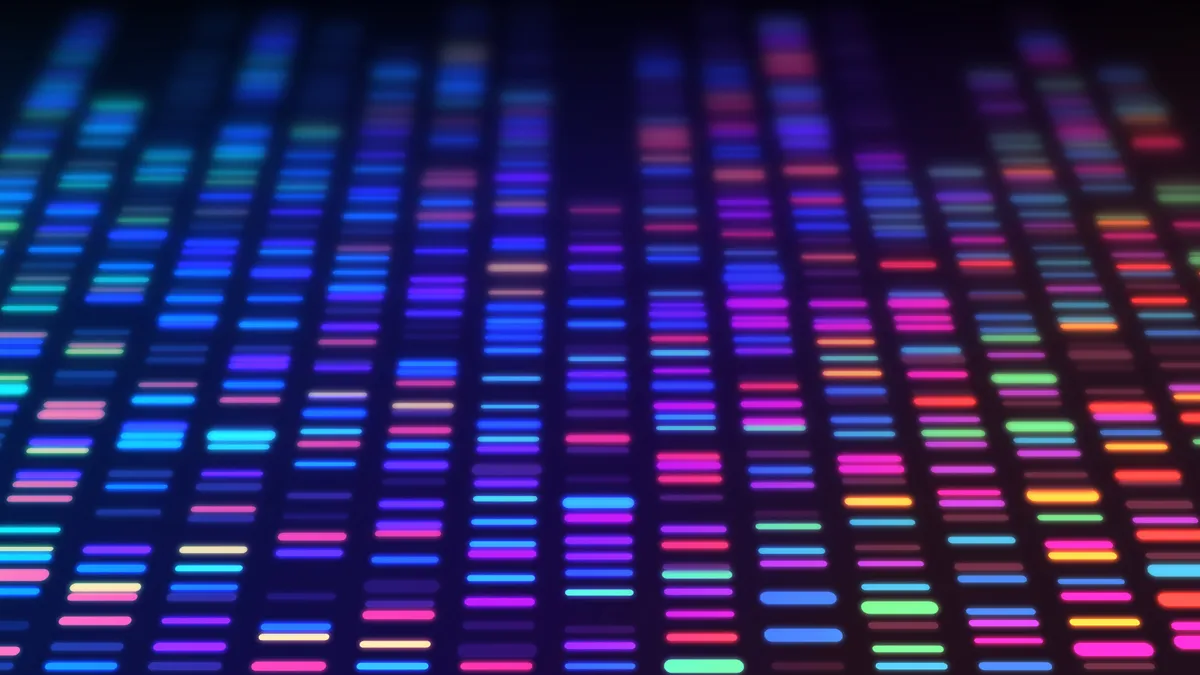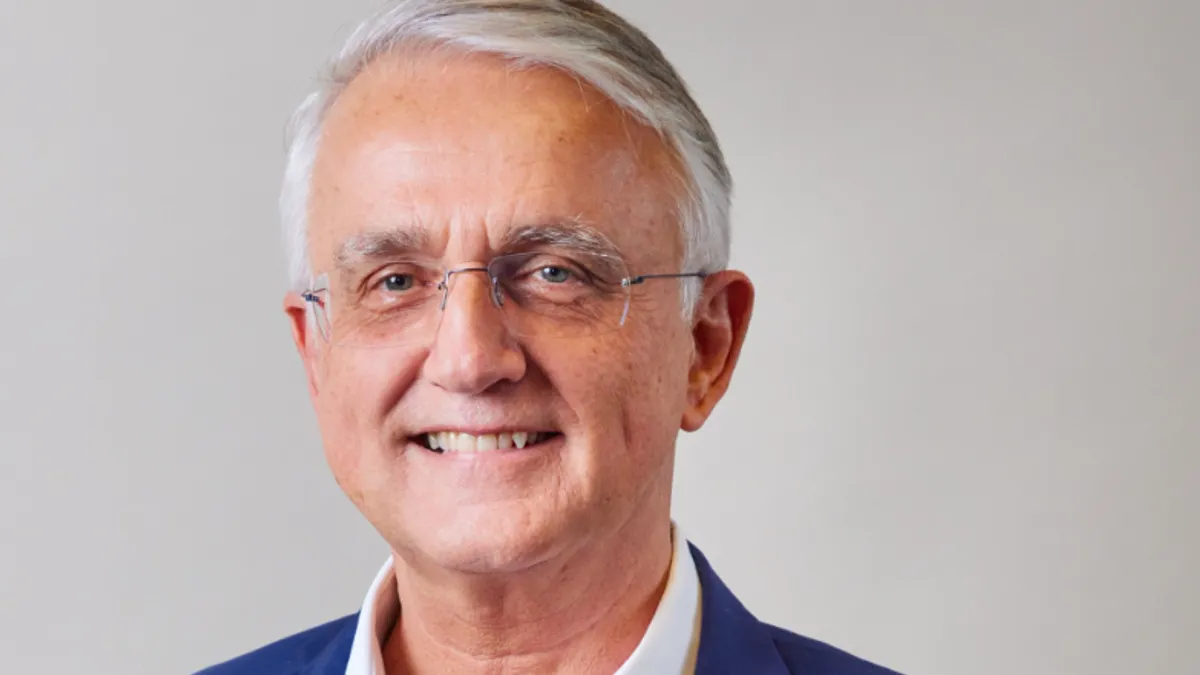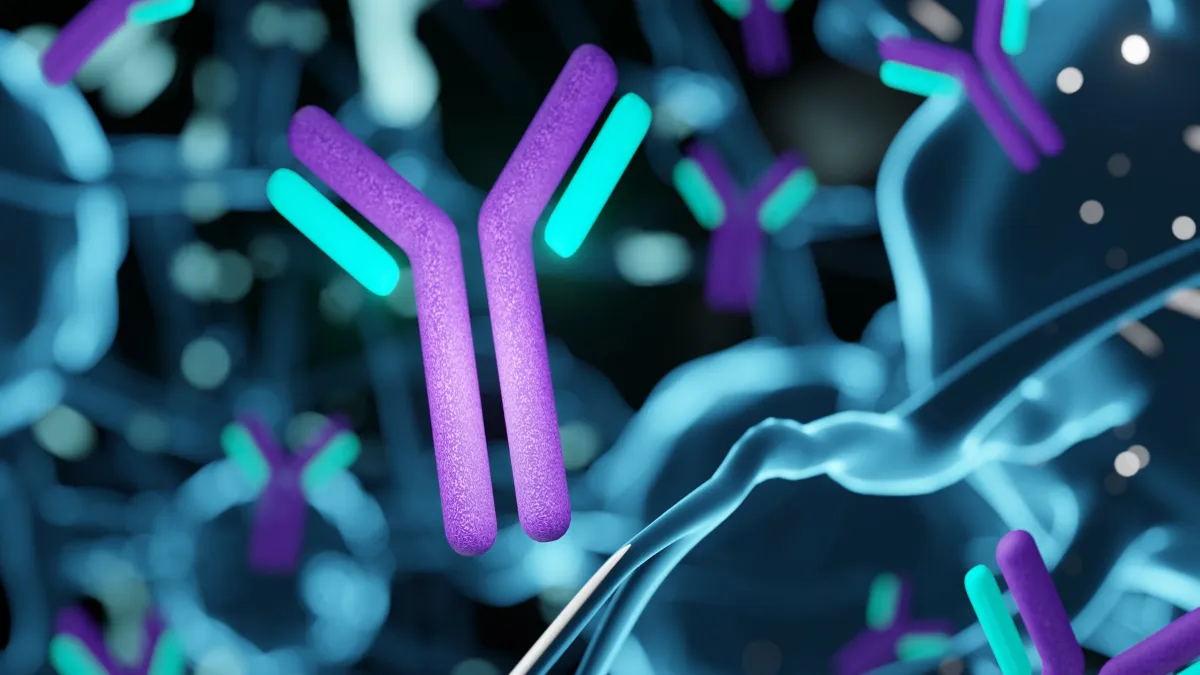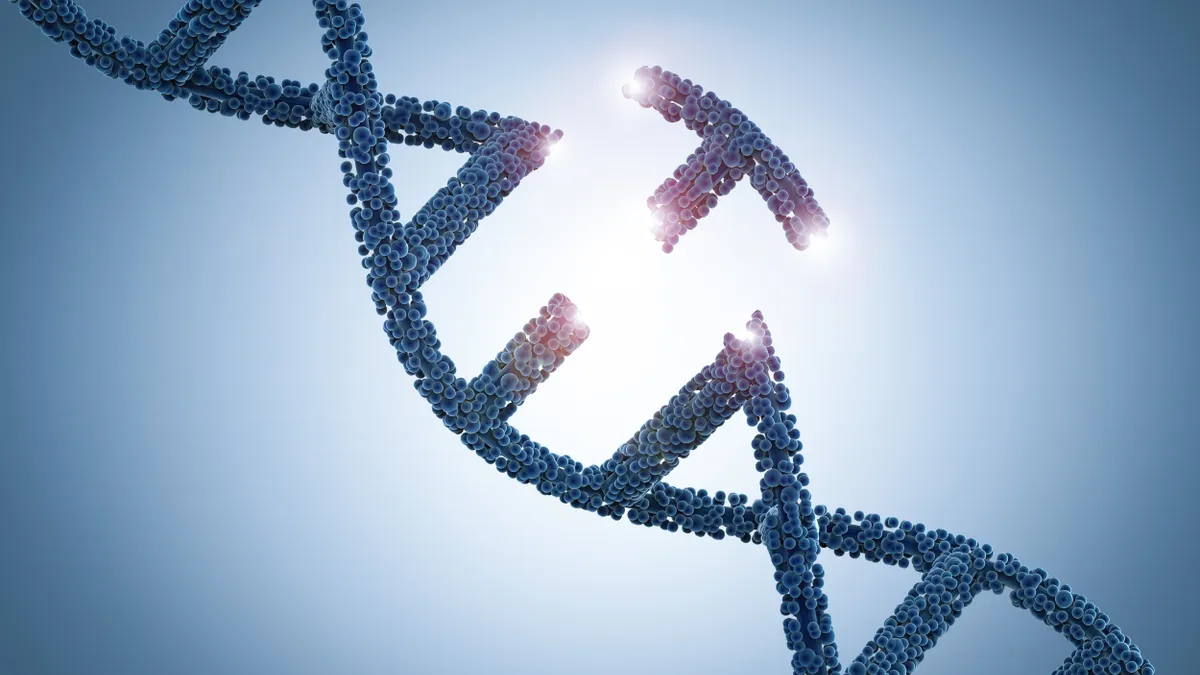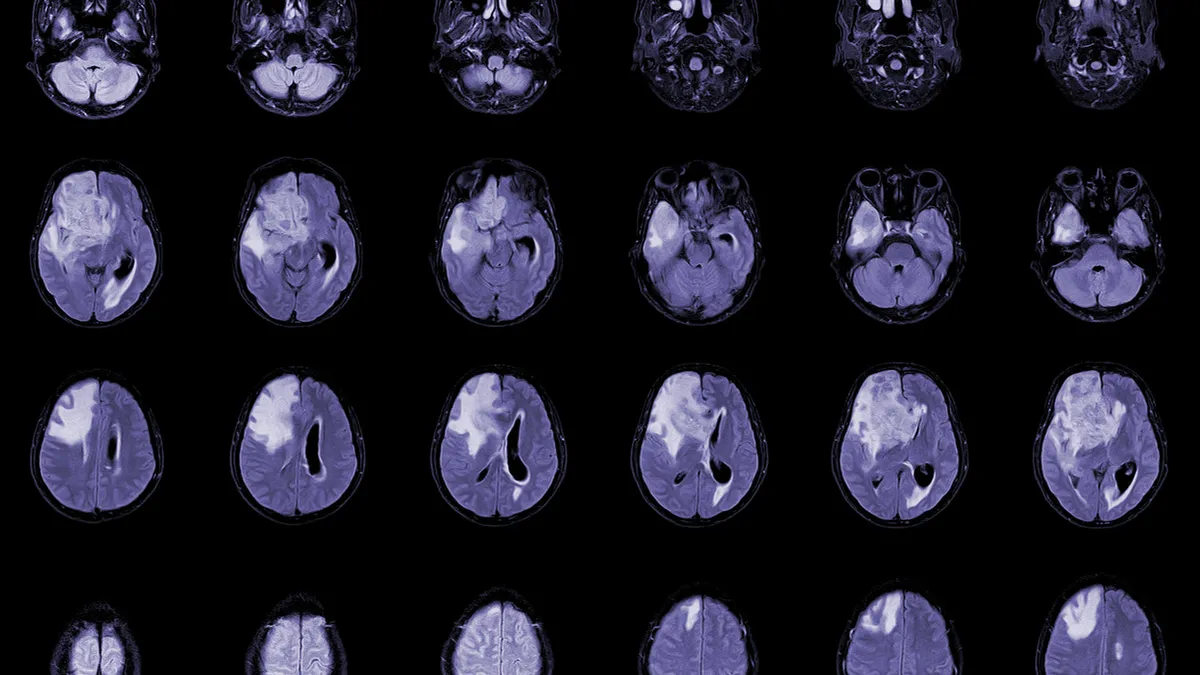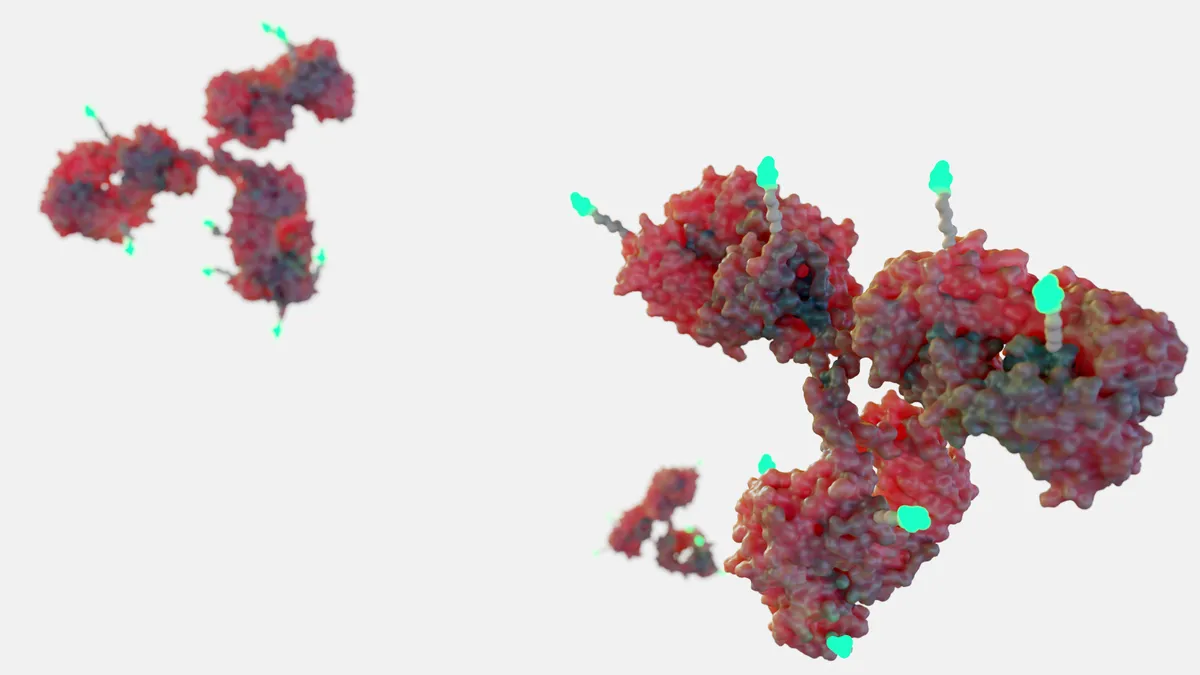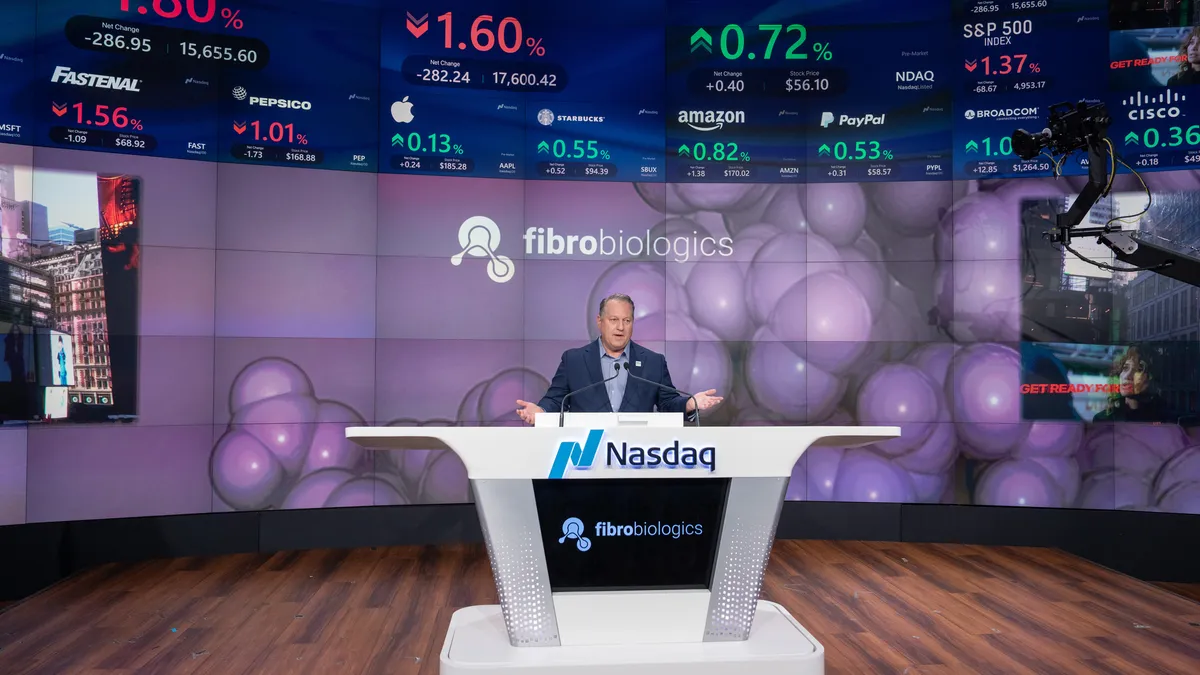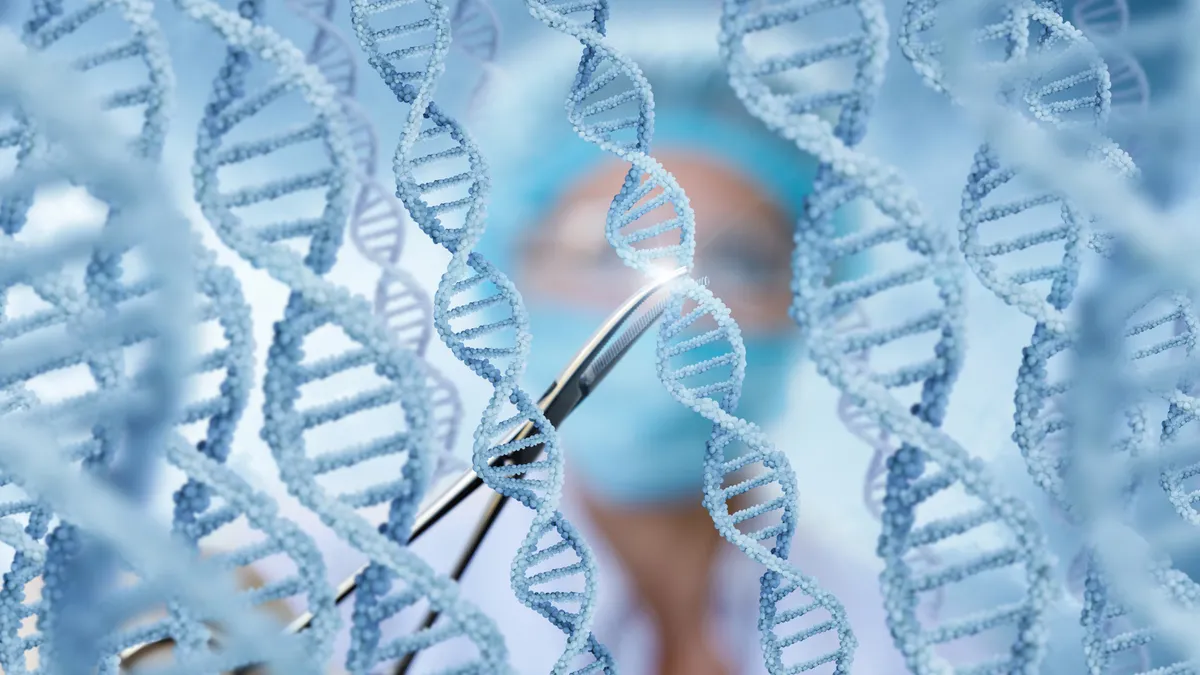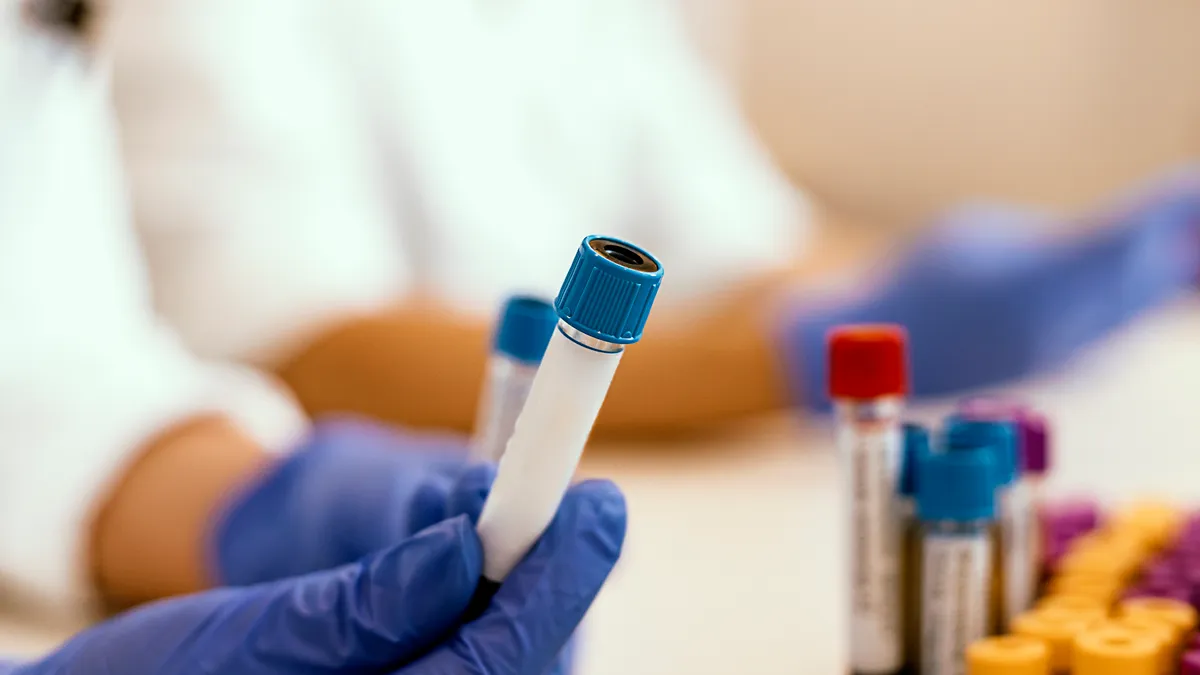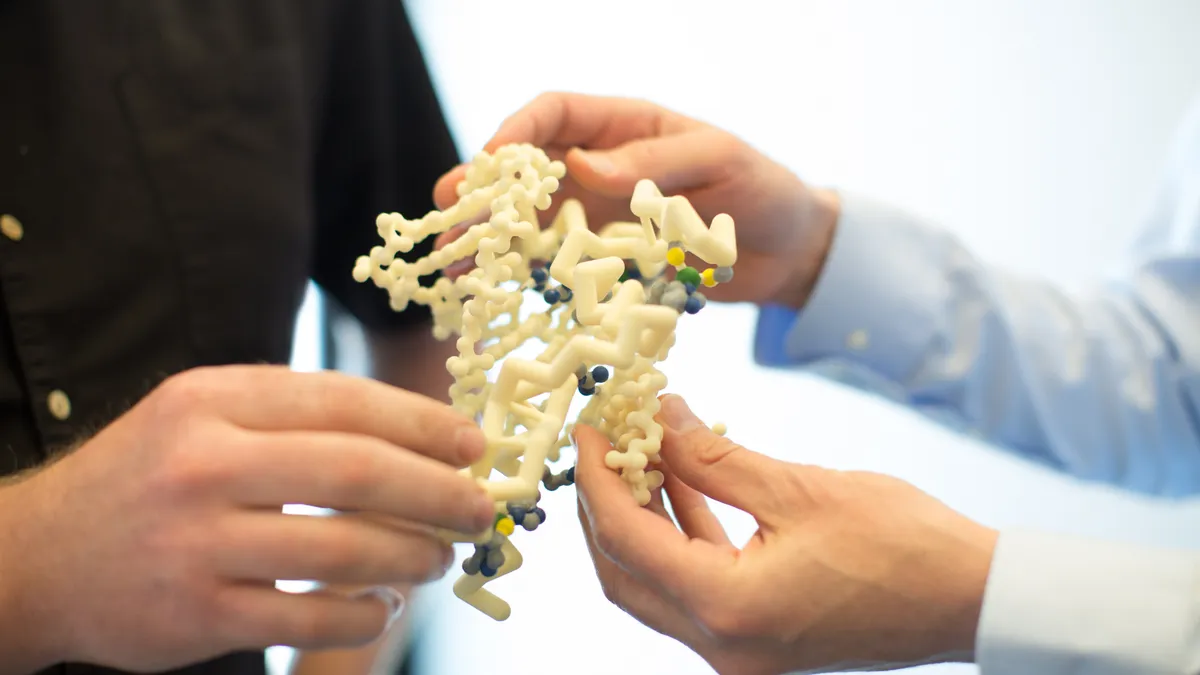Welcome to today’s Biotech Spotlight, a series featuring companies that are creating breakthrough technologies and products. Today, we’re looking at Black Diamond Therapeutics, which is developing oral treatments targeting a broad swath of mutations in lung and brain cancers.

In focus with: Dr. Mark Velleca, CEO and chairman of the board of Black Diamond Therapeutics.
Black Diamond Therapeutics’ vision: Cancer is destructive and wily — deftly mutating to outwit effective treatments. To help overcome this challenge, Black Diamond is developing oral therapeutics that target mutated types of non-small cell lung cancer (NSCLC) and glioblastoma, an aggressive brain cancer.
Why it matters: Patients with mutated cancers often have few treatment options. Those that do exist can bring challenging side effects.
Black Diamond’s oral therapies have shown promise in treating tumors with cancer-driving mutations and are easier for patients to take, Velleca said.
The company’s pipeline: Black Diamond’s most advanced treatment, BDTX-1535, is in phase 2 for NSCLC and targets three groups of epidermal growth factor receptor (EGFR) mutations that can either arise with the tumor or develop in response to treatment with drugs like AstraZeneca’s blockbuster Tagrisso, which itself targets mutations driven by earlier inhibitors like Tarceva.
EGFR mutations are present in 20% to 50% of NSCLC, the most common type of lung cancer.
“BDTX-1535 is unique in that it hits the two big driver classical mutations, it hits all of these non-classical mutations, and it hits this new resistance mutation, C797S,” Velleca said. The C797S mutation is one that arose in response to Tagrisso. “[BDTX-1535] is the only drug that hits all three of those classes,” Velleca said.
In a phase 1 NSCLC trial, five of 13 patients with three mutated tumor types saw their tumors shrink by at least 30% when taking the once-daily oral treatment. The treatment appeared to stop tumor growth in seven other patients, and there was evidence that it reduced brain metastases.
The company also saw favorable results in a phase 1 of BDTX-1535 for glioblastoma trial, which can also be driven by EGFR mutations.
“We think there's an opportunity to benefit patients with this drug across all lines of therapy — front line, second line, third line."

Dr. Mark Velleca
CEO, board chairman, Black Diamond Therapeutics
Another molecule Black Diamond has in the works is BDTX-4933, designed to inhibit class I, II and III RAF/RAS-mutant tumors. It’s now in phase 1 for KRAS-mutant NSCLC and RAF/RAS-mutant solid tumors. The company also has two preclinical-stage prospects.
The road to approval: Now, the goal is to get BDTX-1535 to market as quickly as possible to benefit patients, Velleca said. The company isn’t divulging its regulatory strategy, but if all goes well the drug could move into phase 3 in 2025, and hit the market in 2027. While there have been questions about Black Diamond’s rapid cash burn rate, the company has been reining in its spending to ensure it has enough steam to carry it through its projected 2024 milestones and into 2025.
Velleca said the company thinks BDTX-1535 can distinguish itself in a crowded NSCLC field because patients and doctors typically find once-daily oral treatments appealing.
“Many of the newer therapies are antibody drug conjugates, which come with infusions every three weeks and lots of associated side effects,” Velleca said. “They’re not tethered to an IV pole.”
BDTX-1535 could also find a place in multiple treatment stages.
“We think there's an opportunity to benefit patients with this drug across all lines of therapy — front line, second line, third line,” Velleca said.
Among the possibilities is providing a new option for patients whose cancers are no longer held in check by Tagrisso.
“Where we're going to go first for registration, we have not disclosed yet. We’ll certainly let the data drive us there,” Velleca said.




















